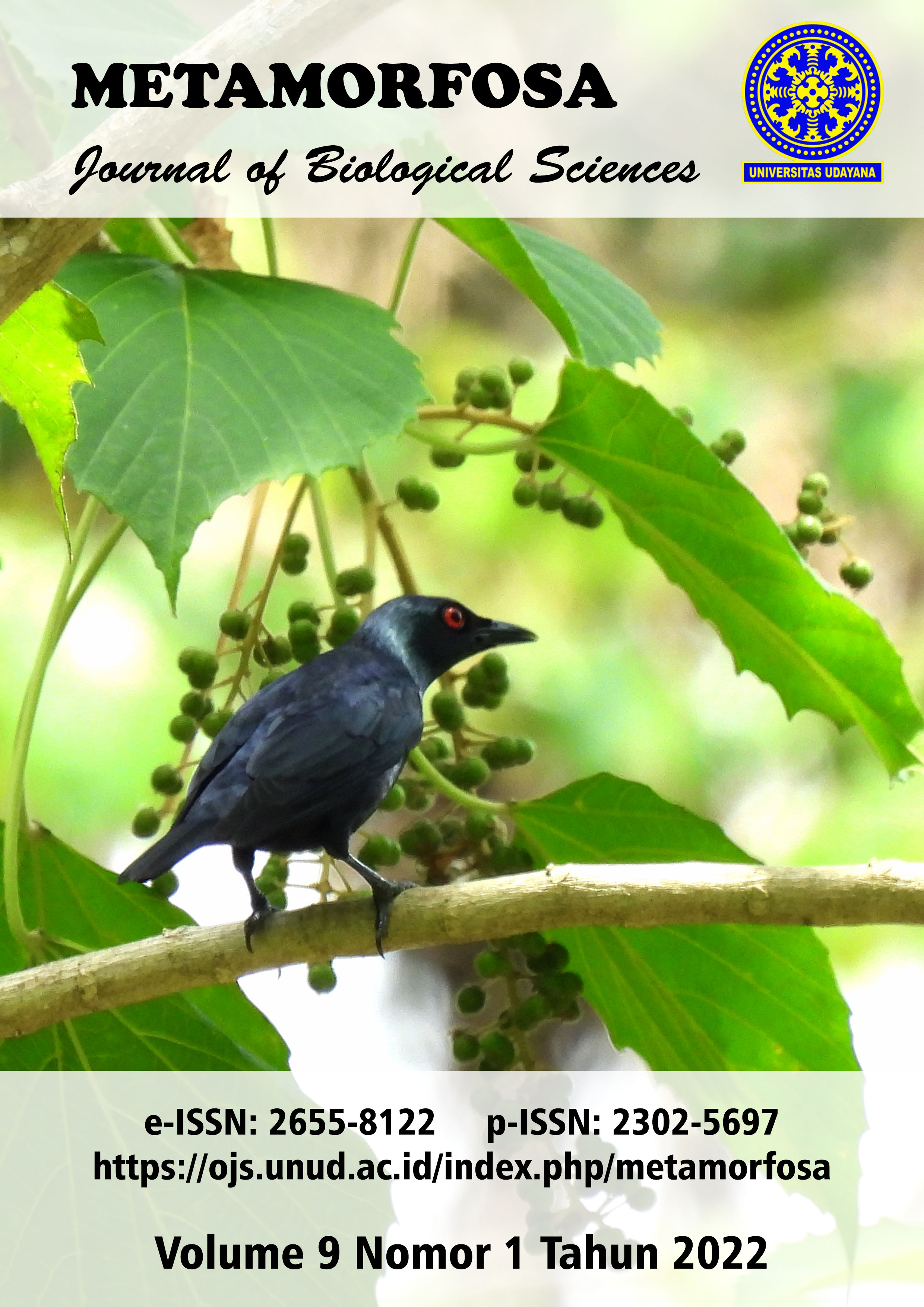Mechanism of Ceftriaxone, Clarithromycin, and Quercetin on Streptococcus pneumonia with Docking In Silico Method
Abstract
Pneumolysin is a protein that plays an important role in cell death and bacterial colonization of Streptococcus pneumoniae. Ceftriaxone, clarithromycin, dan quercetin has been proven (in vivo and in vitro) to prevent the action of pneumolysin. The purpose of this study was to identify interactions between ceftriaxone, clarithromycin, and quercetin in inhibiting the pneumolysin activity through in silico. The 3D structure of pneumolysin was downloaded via RCSB PDB (PDB ID:PQQA), while 3D structure of ceftriaxone (ID:5479530), clarithromycin (ID:84029), and quercetin (ID:5280343) were downloaded via PubChem. Protein preparations were done with Discovery Studio, while ligands were prepared with OpenBabel. The docking process used HEX 8.0.0 and visualization analysis with Discovery Studio. Pneumolysin-ceftriaxone interaction produces 4 hydrogen bonds, 5 hydrophobic bonds, 1 electrostatic bond, and 2 unfavorable residue bonds with a bond energy value -329.98kJ/mol. Pneumolysin-clarithromycin interaction produces 3 hydrogen bonds, 1 electrostatic bond, and 3 unfavorable residue bonds with a bond energy value -311.12kJ/mol. Pneumolysin-quercetin interaction produces 2 hydrogen bonds, 4 hydrophobic bonds, and 2 electrostatic bonds with a bond energy value -246.52kJ/mol.
Keyword: pneumolysin, ceftriaxone, clarithromycin, quercetin, in silico.





